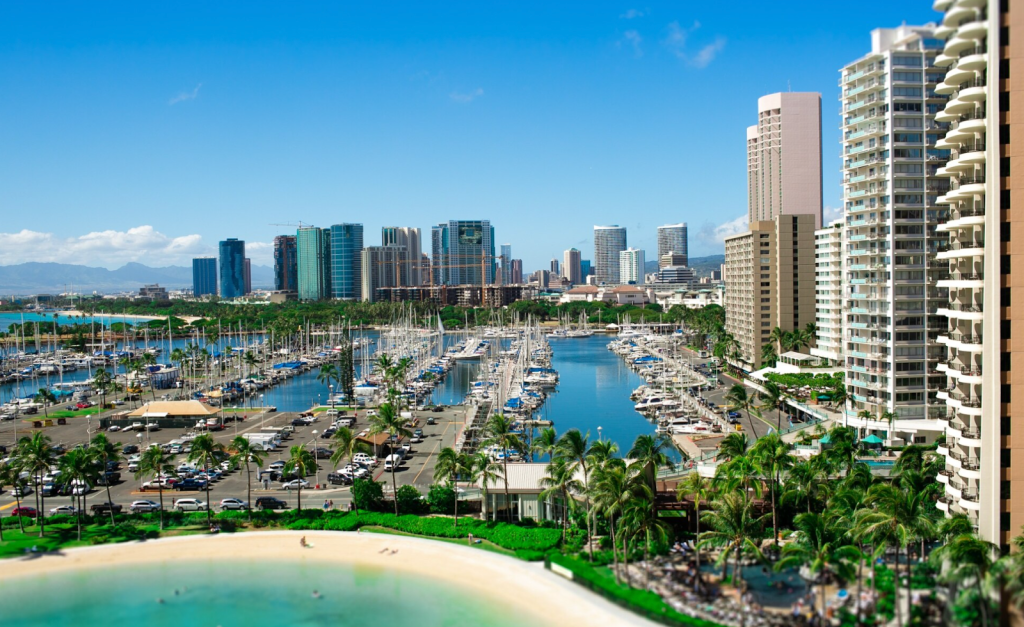
Driving from Miami to Key West is often described as one of the most scenic road trips in the United States. The Overseas Highway stretches for about 113 miles, connecting the mainland to a string of islands that make up the Florida Keys. With turquoise waters on both sides of the road, the journey feels like a ribbon of pavement suspended over the ocean. The drive itself is memorable, but the real reward lies in the stops you make along the way. From coral reefs and wildlife refuges to historic landmarks and beaches, each island offers something unique.
This guide explores the best places to stop on the drive from Miami to Key West, helping you plan a road trip that balances relaxation, adventure, and discovery.
Preparing for the Drive
Before setting off, it helps to know what to expect. The trip from Miami to Key West takes about four hours without stopping, but rushing through misses the point. The Overseas Highway is designed for sightseeing, with plenty of small towns, natural attractions, and local eateries worth exploring. Many travelers choose to spread the trip over a full day or even two, giving time to enjoy the islands along the way.
The best times to make the journey are late fall, winter, and early spring. During these months, the weather is warm but not overly humid, and hurricane season has passed. Summer is possible, but temperatures can be high and afternoon storms are common.
Key Largo: The Gateway to the Keys
Key Largo is the first island you reach after crossing from the mainland. Known as the Diving Capital of the World, it is famous for its underwater attractions. The highlight is John Pennekamp Coral Reef State Park, the first underwater park in the United States. Here, you can join a glass-bottom boat tour or a snorkeling trip to see colorful coral formations and tropical fish. Scuba divers often come specifically for the shipwrecks, including the well-known Spiegel Grove.
Key Largo also appeals to travelers who prefer staying above water. The park features short walking trails, kayak rentals, and picnic areas. For a dose of local culture, the Florida Toyota rental Keys Wild Bird Rehabilitation Center is a small but meaningful stop, providing a sanctuary for injured birds.
Islamorada: Fishing and Island Charm
About 20 miles down the highway, you will arrive at Islamorada, often called the Sport Fishing Capital of the World. Anglers travel from across the globe to fish these waters, but even if fishing is not on your itinerary, Islamorada offers plenty to do.
The Theater of the Sea is a long-standing attraction where visitors can swim with dolphins or watch sea lion shows. Another highlight is the History of Diving Museum, which traces the development of underwater exploration. For a slower pace, explore local art galleries or stop at a waterside restaurant for freshly caught seafood. Islamorada is known for casual but high-quality dining, with restaurants serving everything from grouper sandwiches to key lime pie.
Marathon: The Midway Point
Marathon sits roughly at the halfway point of the Overseas Highway and serves as a hub for travelers exploring the Keys. It is especially popular with families because of its variety of attractions.
The Dolphin Research Center allows visitors to learn about marine mammals in an educational setting. Children and adults alike can watch dolphin demonstrations and even interact with them in shallow water programs. Another family-friendly spot is Turtle Hospital, a nonprofit facility dedicated to rescuing and rehabilitating sea turtles. Tours provide an eye-opening look into the challenges these animals face.
For beach lovers, Sombrero Beach is one of the best in the Keys. It has soft sand, clear water, picnic pavilions, and playgrounds, making it a convenient stop for a swim or a picnic lunch. Just beyond Marathon lies the Seven Mile Bridge, one of the most iconic stretches of the trip. Spanning turquoise waters, the bridge is both a marvel of engineering and a reminder of the journey’s beauty.
Big Pine Key and Bahia Honda State Park
Continuing south, the landscape shifts to a quieter, less developed environment. Big Pine Key is the gateway to the National Key Deer Refuge, home to the endangered Key deer. These small deer, about the size of a large dog, are unique to the Lower Keys. They often wander near the roadside, and spotting them is a highlight of the trip.
Nearby, Bahia Honda State Park offers some of the best beaches in the Keys. Unlike many islands where mangroves dominate the shoreline, Bahia Honda has stretches of soft white sand. The clear water is perfect for swimming and snorkeling, while trails provide a chance to explore on foot. The park also has remnants of the old railroad bridge built by Henry Flagler, offering a glimpse into the history of travel through the Keys.
Arrival in Key West
At the end of the highway lies Key West, the southernmost city in the continental United States. Key West combines history, culture, and a lively atmosphere, making it the perfect conclusion to the drive.
One of the best-known landmarks is the Southernmost Point buoy, a popular photo spot marking the symbolic edge of the country. Literary fans will enjoy visiting Ernest Hemingway’s Home and Museum, where the author lived and wrote some of his most famous works. The property is also home to a colony of six-toed cats, descendants of Hemingway’s pets.
Evenings in Key West often center on Mallory Square, where street performers, artists, and visitors gather for the nightly sunset celebration. Watching the sun dip below the horizon while sailboats glide across the water is a memorable experience. For history enthusiasts, the Harry S. Truman Little White House offers insight into the former president’s life in the Keys.
Beyond the landmarks, Key West has an active food and nightlife scene. Duval Street is lined with bars, restaurants, and shops, offering everything from live music to seafood feasts. While it is easy to get caught up in the activity, Key West also has quiet corners, including hidden gardens and historic neighborhoods that reward slow exploration.
Tips for a Smooth Journey
To make the most of your trip, plan your stops in advance but allow flexibility for spontaneous discoveries. Traffic can slow down, especially on weekends and holidays, so patience is key. Gas stations are available along the highway to fuel up your Toyota car, but it is wise to fill up before leaving Miami.
Pack light clothing, sunscreen, and plenty of water. If you plan to swim or snorkel, bring towels and a change of clothes. For those staying overnight along the route, Marathon and Islamorada have a wide range of accommodations, from resorts to small inns.
Why This Drive Is Worth Taking
What makes the Miami to Key West drive so special is not just the destination but the journey itself. The Overseas Highway is one of the few roads where the scenery is as much a part of the experience as the places you stop. Each island has its own character, from the diving spots of Key Largo to the wildlife of Big Pine Key and the energy of Key West.
For travelers seeking a mix of adventure and relaxation, the route delivers. You can snorkel coral reefs, spot endangered deer, stroll historic streets, or simply sit by the water and watch the waves. By taking your time and exploring the stops along the way, the drive becomes more than a means of getting to Key West. It becomes an unforgettable adventure.

